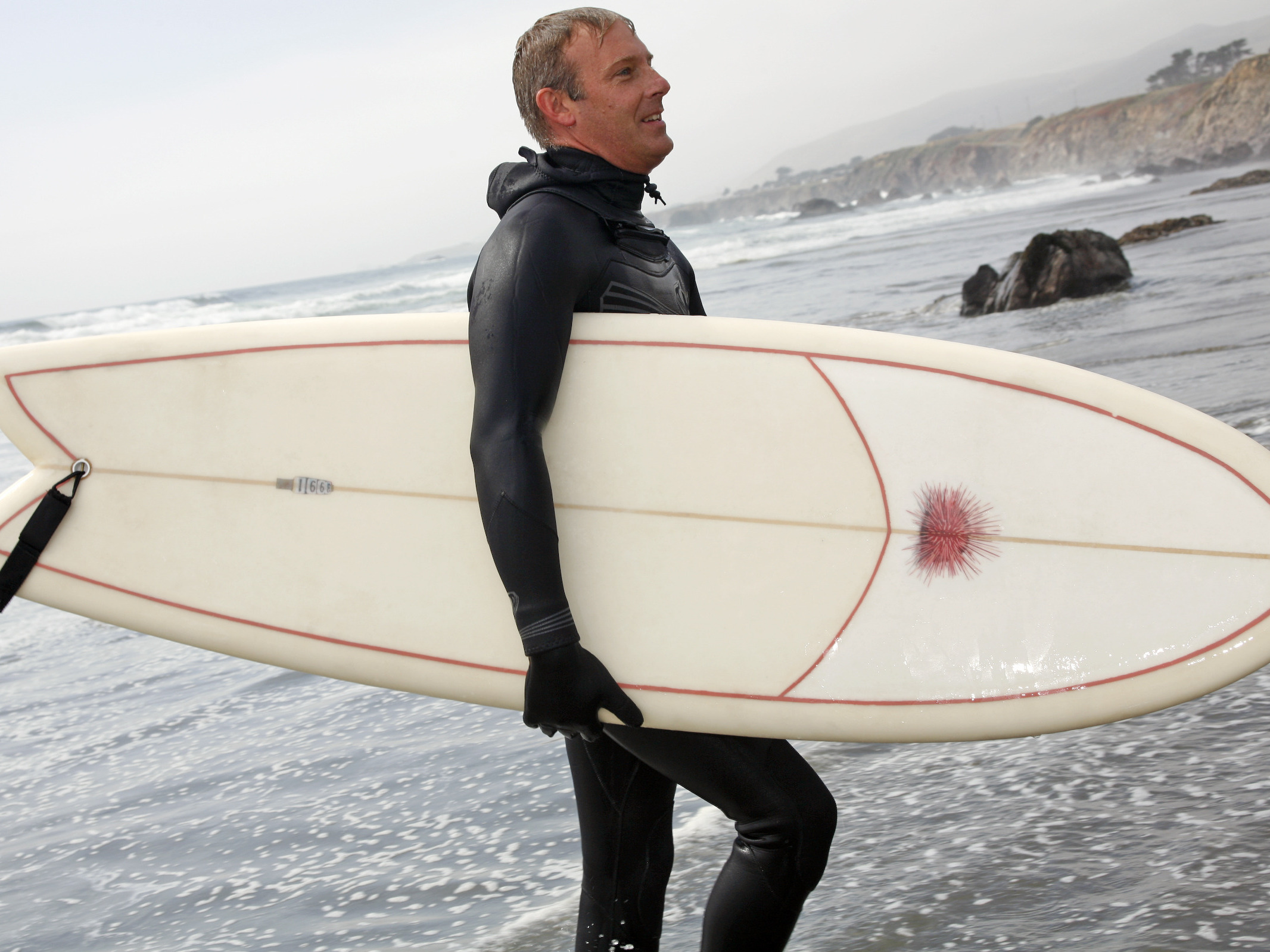Traditional surfboards are fragile, and they’re made of toxic goo that ends up as landfill. A DIY kit from Greenlight Surfboard Supply is the ticket. For $395 it’s got all the materials and tools you need to make a tougher, greener epoxy board using expanded polystyrene (EPS) foam that’s recyclable. Greenlight’s new lamination technique, using stretchy bamboo fabric instead of fiberglass cloth, is easier and safer. And when this board finally fails, you can recycle or compost most of it. Nice. You can shape it in a weekend, but plan on a week or so to glass it.
Projects from Make: Magazine
Greener Surfboard
Surfboard kit uses a new epoxy technique without fiberglass.



